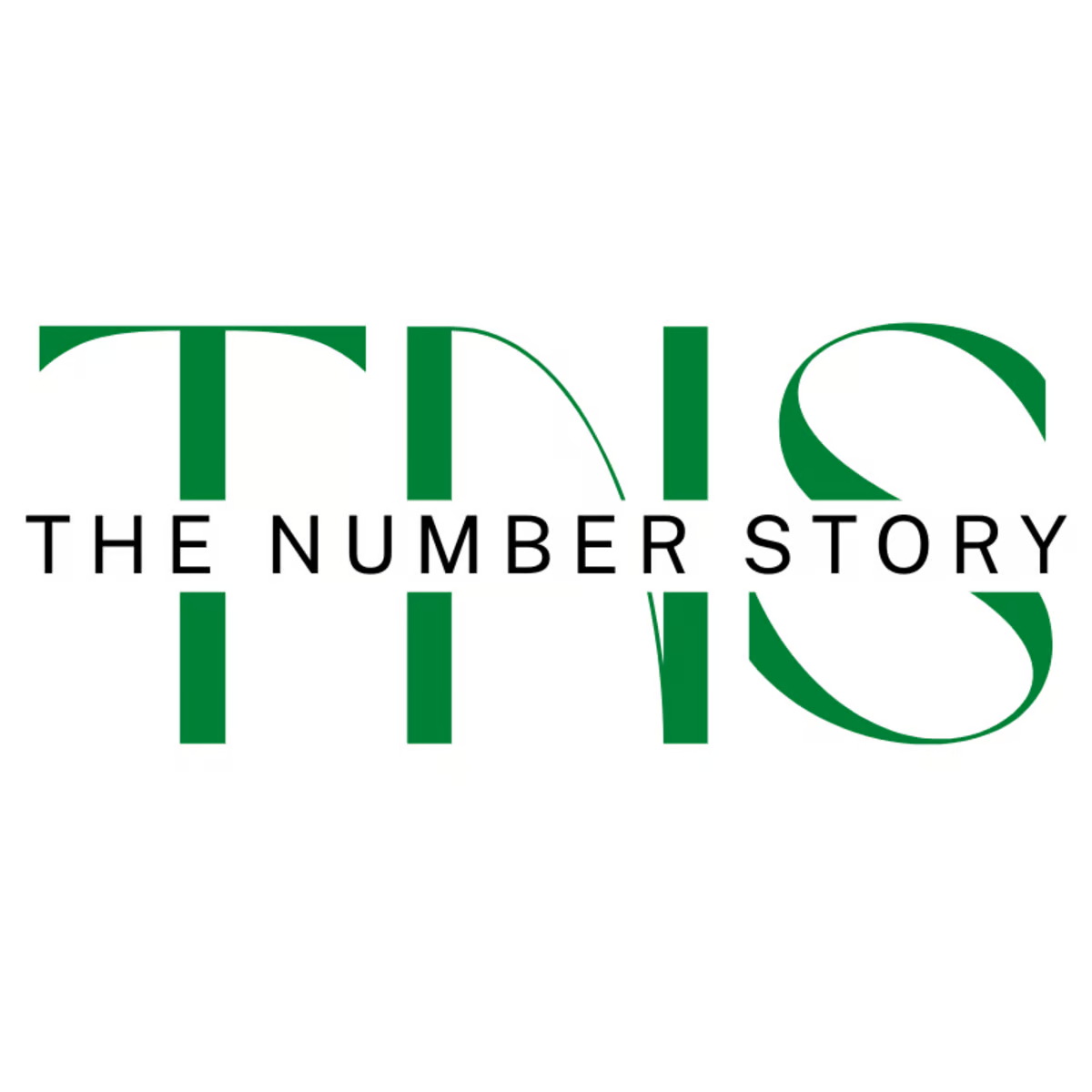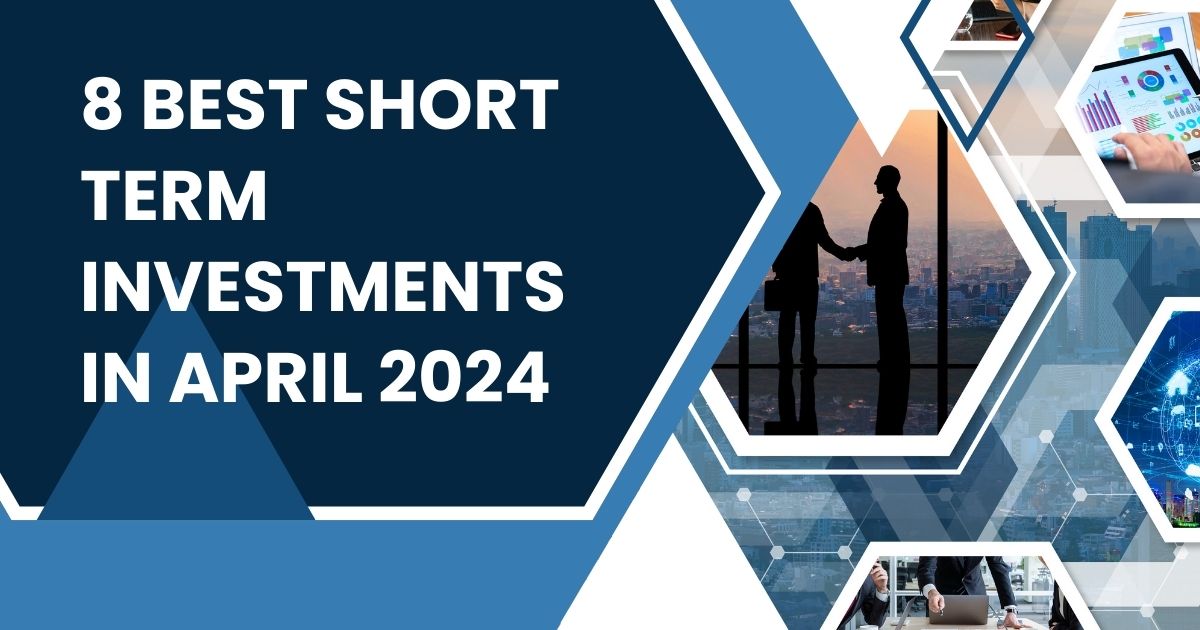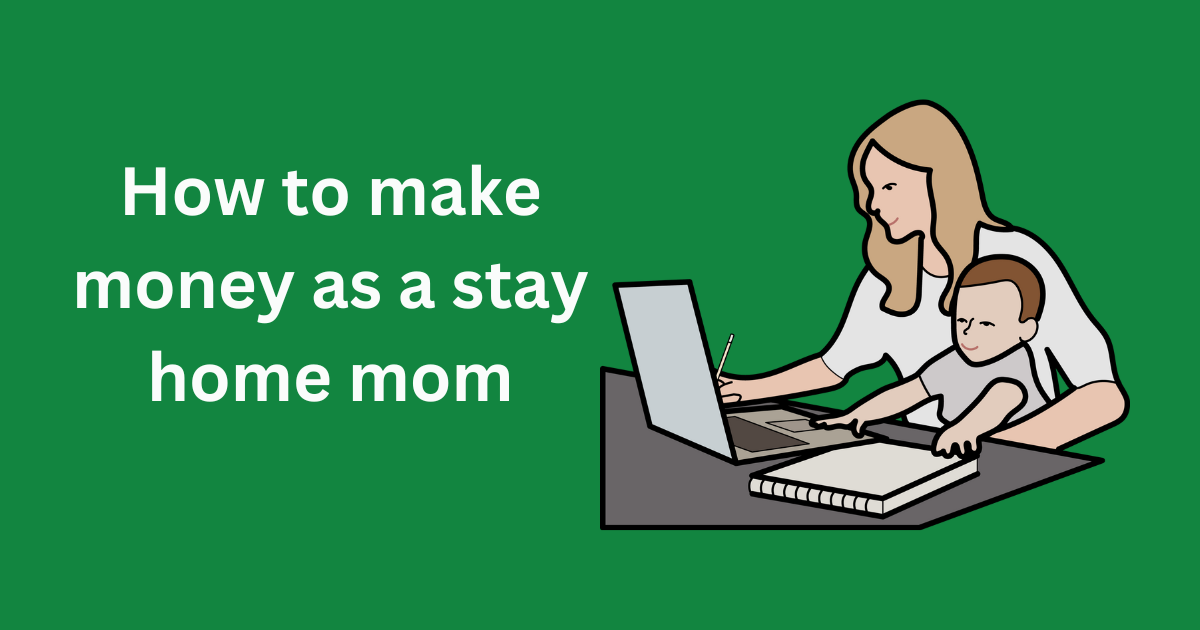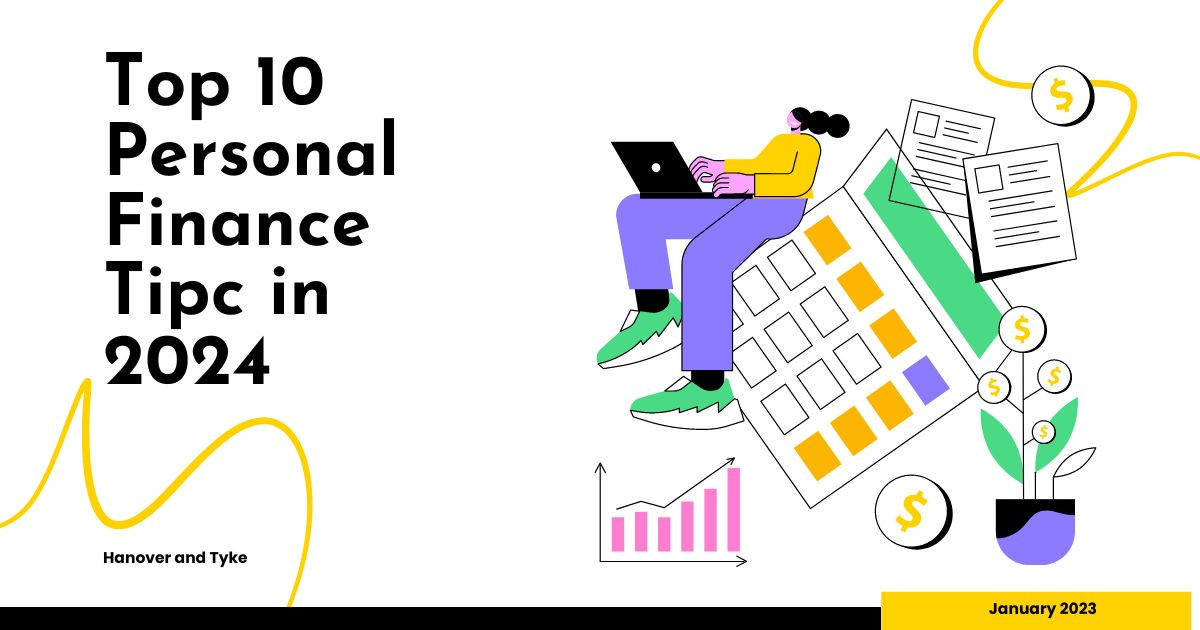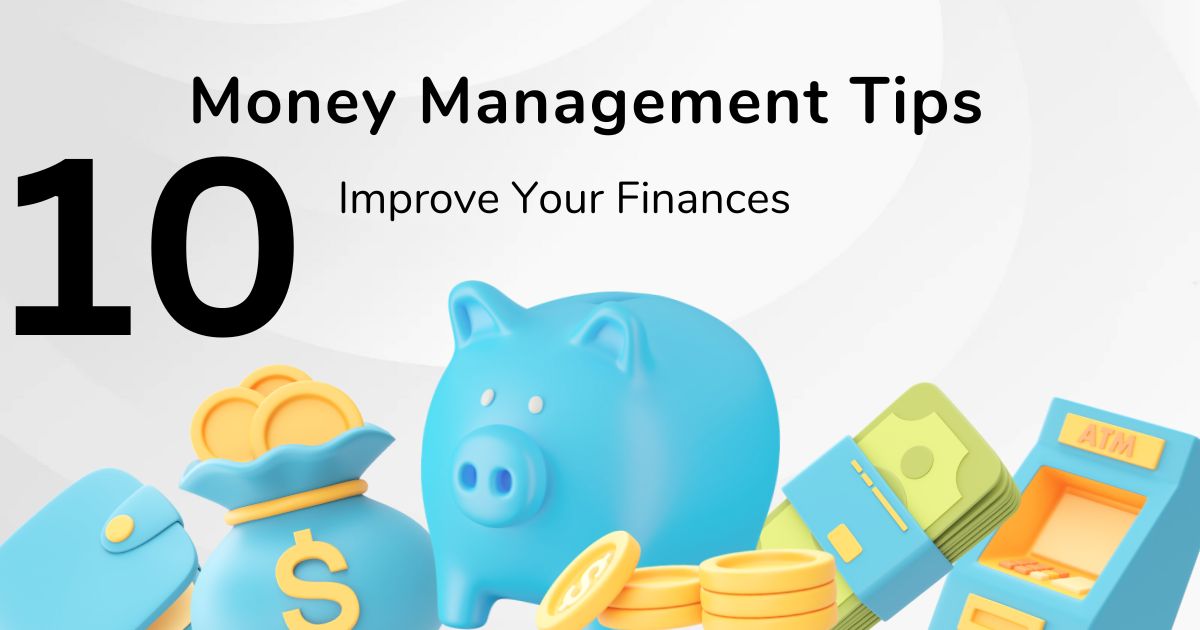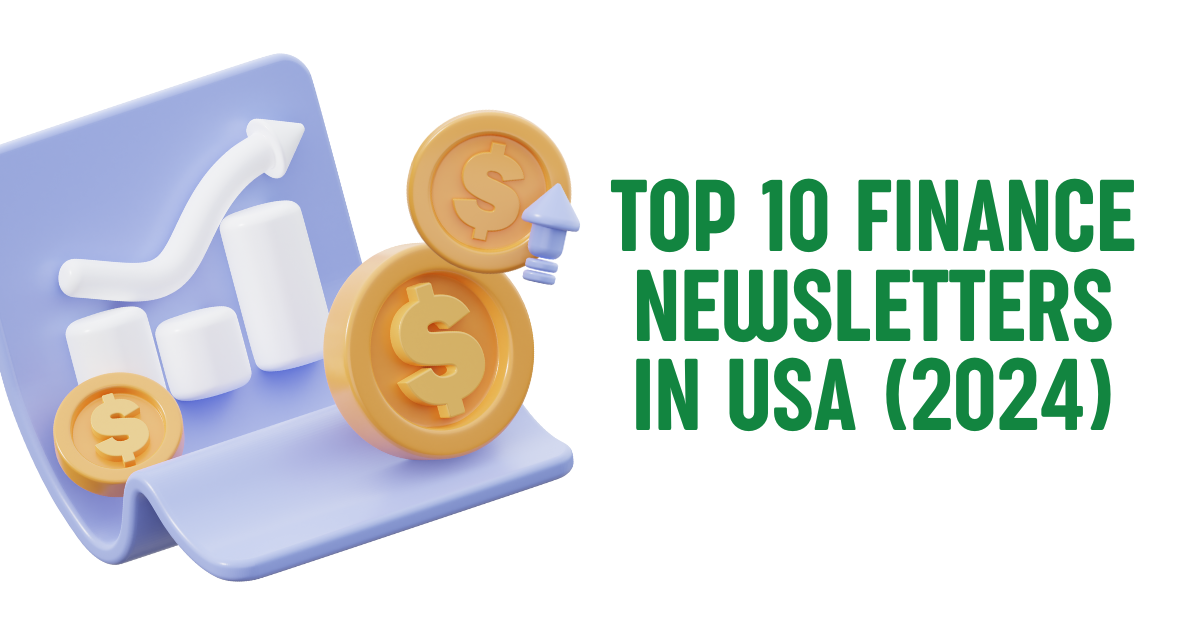
Not only can managing your finances be challenging, but it can also be quite difficult to keep up with changes in the tax, retirement, and other fields.That being said, it is possible to stay up to date on the most significant financial changes by selecting reliable sources of information and discarding everything else.
We’ve gathered 10 of the most reputable and extensively read Finance Newsletters in USA to assist you in doing that. Have fun!
Criteria for Selection best newsletter
When selecting the best newsletter, several key criteria must be considered to ensure it meets your needs and engages your audience effectively. An outstanding newsletter can foster customer loyalty, drive traffic, and enhance brand visibility. Here are some essential factors to consider:
Also Read : 10 Money Management Tips to Improve Your Finances
Content Quality and Relevance
The cornerstone of any successful newsletter is high-quality content. The content should be relevant, valuable, and tailored to your audience’s interests. It must provide insights, updates, and information that your readers find useful. Avoid overly promotional content; instead, focus on educating and engaging your audience. Quality content establishes your credibility and keeps readers coming back for more.
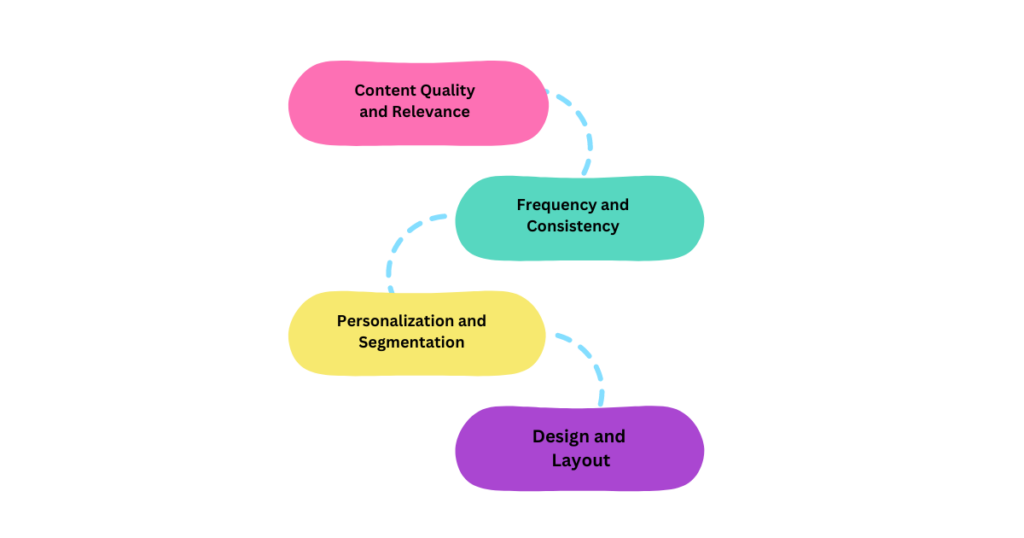
Frequency and Consistency
Determine the optimal frequency for your newsletters. Whether it’s daily, weekly, or monthly, consistency is key. A regular schedule helps build anticipation and reliability. However, avoid overwhelming your subscribers with too frequent emails, as this can lead to higher unsubscribe rates. Finding the right balance is crucial to maintaining engagement.
Personalization and Segmentation
Personalization can significantly enhance the effectiveness of your newsletter. Tailoring content to individual preferences increases relevance and engagement. Use segmentation to divide your audience into specific groups based on interests, behavior, or demographics. This allows for more targeted and personalized communication, improving the overall reader experience.
Also Read : Top Cheapest Car Insurance Companies
Design and Layout
A visually appealing and well-organized design is essential. Your newsletter should be easy to read, with a clean layout, eye-catching images, and clear calls-to-action (CTAs). Ensure it’s mobile-friendly, as a large portion of your audience is likely to read emails on their smartphones. A responsive design enhances user experience across different devices.
Strong Subject Lines
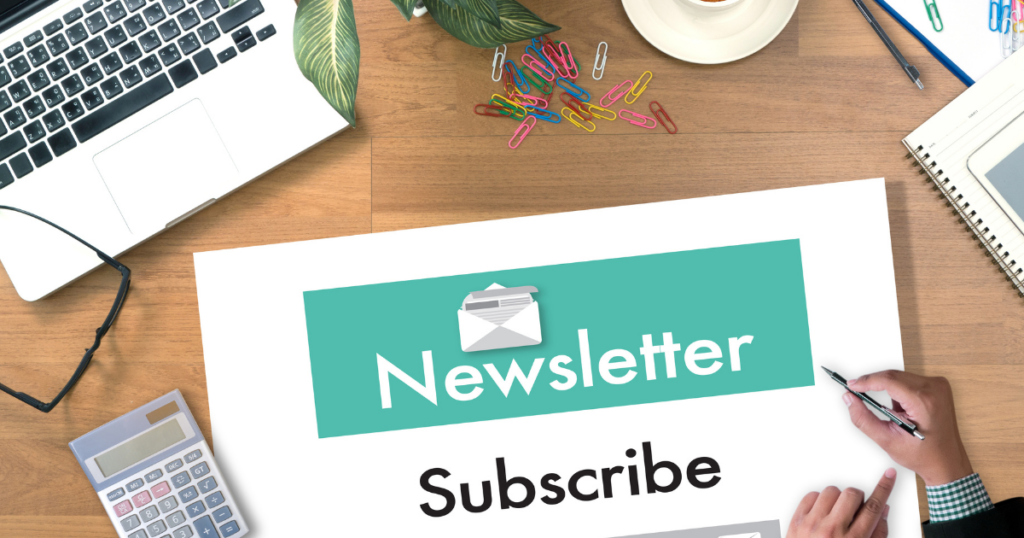
The subject line is the first thing your subscribers see and plays a crucial role in open rates. Craft compelling, concise, and intriguing subject lines that encourage readers to open the email. Avoid spammy phrases and ensure the subject line accurately reflects the content of the newsletter.
Engagement Metrics
Evaluate the performance of your newsletters through key engagement metrics such as open rates, click-through rates (CTR), and conversion rates. Analyzing these metrics helps identify what works and what doesn’t, allowing for continuous improvement. Tools like Google Analytics and email marketing platforms provide valuable insights into your audience’s behavior.
Also Read : 10 Best Financial Tips for Young Adults
Easy Subscription Process
The process for subscribing to your newsletter should be straightforward and user-friendly. Use clear CTAs and minimal form fields to avoid deterring potential subscribers. Additionally, provide an option for readers to choose their preferred content categories or frequency of emails.
Compliance with Regulations
Ensure your newsletter complies with email marketing regulations such as GDPR or CAN-SPAM Act. Obtain explicit consent from subscribers, provide a clear privacy policy, and offer easy opt-out options. Compliance not only builds trust but also protects your business from legal repercussions.
A/B Testing
Regularly conduct A/B testing on various elements of your newsletter, such as subject lines, images, and content layout. A/B testing helps determine what resonates best with your audience, enabling you to refine and optimize your newsletters for maximum impact.
Integrations and Automation
Choose a newsletter service that integrates well with your existing tools and platforms. Automation features, such as autoresponders and drip campaigns, can streamline your email marketing efforts. Efficient integration and automation save time and ensure timely, relevant communications.
Customer Feedback
Lastly, actively seek feedback from your subscribers. Understanding their preferences and pain points can provide valuable insights for improvement. Encourage feedback through surveys, polls, or direct email responses.
Top 10 Finance Newsletters in USA (2024)
1.Thenumberstory
Year Started: 2020
Number of Subscribers: 30,000,000+
Send Schedule: Daily
TheNumberStory is a premier finance newsletter catering to audiences in the USA. It delivers insightful, up-to-date financial news, market trends, investment strategies, and economic analyses. Designed for both novice investors and seasoned professionals, TheNumberStory offers clear, actionable advice to help readers navigate the complex financial landscape and make informed decisions to achieve their financial goals.
2.Robinhood Snacks
Year Started: 2019
Number of Subscribers: 40,000,000+
Send Schedule: Daily
What is it? The largest and most significant business stories are presented in an engaging, straightforward, and easy-to-read manner in Robinhood’s daily email, which has a sizable readership of retail and even “meme stock” investors. Oh, and they say you can read it every day in just three minutes. Sherwood Media, a news and information division of Robinhood, is currently in charge of running the Snacks newsletter.
3.Money Stuff
Year Started: Unavailable
Number of Subscribers: Unavailable
Send Schedule: Daily
What is it? Money Stuff, a blog produced by Matt Levine, one of Bloomberg’s most widely followed writers, offers insightful information about the Wall Street finance industry. Additionally, Matt demonstrates his extensive knowledge of M&A law and investment banking with his extensive background as an attorney.
Also Read : How to Retire 10 Years Early
4. The Average Joe
Year Started: 2020
Number of Subscribers: 250,000+
Send Schedule: Daily
What is it? Referred to as the “IKEA instructions for investing,” Every day, The Average Joe is a newsletter with news and updates on the most recent statistics, market trends, and investing information. Rather than simply offering stock recommendations, The Average Joe provides data-driven commentary on current events in the markets and their implications for the economy. That’s why all of their newsletters and investing instructions are free, along with the daily memes.
5. TKer
Year Started: 2021
Number of Subscribers: 23,000+
Send Schedule: Semi-Weekly
What is it? TKer, authored by Sam Ro, a Chartered Financial Analyst (CFA), offers education in personal finance and the stock market. But unlike a stock-picking newsletter, TKer talks about how the economy is impacted by the stock market and how that affects your personal finances as much as your investments.
6.Exec Sum
Year Started: 2021
Number of Subscribers: 200,000+
Send Schedule: Daily
What is it? Exec Sum is a daily newsletter covering major Wall Street and Silicon Valley news with humor and memes, written by the financial media company Litquidity. Investors in venture capital, private equity, and hedge funds, as well as investment bankers, can monitor the daily deal flow and the state of the cryptocurrency market.
7. Finimize
Year Started: 2014
Number of Subscribers: 1,000,000+
Send Schedule: Daily
What It Is: Finimize claims to provide the “top financial news in just three minutes” to its devoted readership and subscriber base, which numbers over a million. Finimize lets you choose the subjects you’re interested in and then delivers them in digestible chunks every day. Topics range from retirement to personal finance strategies (and even market analysis).
8. Money Moves
Year Started: Unavailable
Number of Subscribers: 1,000+
Send Schedule: Monthly
What is it? Alicia Adamczyk, the author of the CNBC financial newsletter, simplifies difficult financial subjects so you could easily explain them to a friend or relative. Moreover, Alicia skillfully combines useful advice with a comprehensive analysis.
9.Clark’s Newsletters
Year Started: Unavailable
Number of Subscribers: 300,000+
Send Schedule: Daily
What is it? The writers of the popular website Clark.com, Clark Howard, also produces several newsletters with a strong personal finance theme. especially subjects like debt, retirement, and how much money to save and spend. And it’s undeniable that people enjoy Clark’s content given his 4 million+ monthly blog visitors.
10. Budgette
Year Started: 2020
Number of Subscribers: 2,000+
Send Schedule: Weekly
What is it? Budgette, ranked by Time.com and NextAdvisor as one of the best “money newsletters,” focuses on personal finance for single individuals or solo earners. Budgette offers strategies and advice that single earners can utilize to optimize their financial situation in light of growing expenses, reduced tax benefits, and the absence of a co-signer.
How to Choose the Right Newsletter for You
Choosing the right newsletter can be a game-changer, whether you’re seeking to stay updated on industry trends, enhance your knowledge, or simply enjoy curated content. With an overwhelming number of newsletters available today, it’s essential to select the ones that best align with your interests and needs. Here’s a comprehensive guide on how to choose the right newsletter for you.
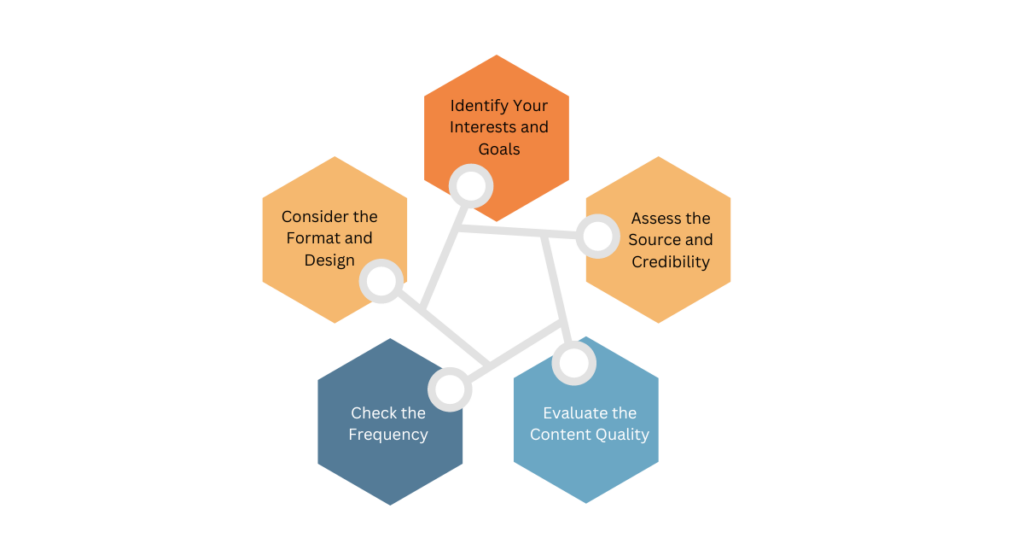
Identify Your Interests and Goals
Start by pinpointing what you’re interested in. Are you looking for newsletters related to your profession, hobbies, or general knowledge? Maybe you’re interested in technology, business, health, or lifestyle. Defining your interests helps narrow down the vast array of options.
Assess the Source and Credibility
Not all newsletters are created equal. It’s crucial to consider the credibility of the source. Reputable newsletters often come from established publications, industry experts, or well-known bloggers. Look for credentials, professional background, and previous work to ensure you’re getting reliable information.
Evaluate the Content Quality

Quality over quantity should be your mantra. A good newsletter offers well-researched, insightful, and engaging content. Browse through previous issues, if available, to assess the quality. Pay attention to the writing style, depth of information, and how well the content aligns with your preferences.
Check the Frequency
Frequency is another critical factor. Some newsletters are daily, while others are weekly or monthly. Think about how often you want to receive updates. Daily newsletters can be overwhelming if you have a busy schedule, while monthly newsletters might lack the timely updates you need. Choose a frequency that fits your lifestyle.
Consider the Format and Design
A well-designed newsletter is more enjoyable to read. Check if the layout is clean, easy to navigate, and mobile-friendly. Newsletters with cluttered designs and heavy text blocks can be off-putting. Images, infographics, and clear headings enhance readability and engagement.
Look for Personalization Options
Personalized content is more relevant and engaging. Some newsletters allow you to customize the topics you receive. If personalization is important to you, look for newsletters that offer this feature. It ensures you get content that’s tailored to your specific interests.
Subscription and Privacy Policies
Before subscribing, review the newsletter’s privacy policy. Ensure your email address will be handled securely and won’t be shared with third parties. Check if you have the option to unsubscribe easily if you find the content no longer meets your needs.
Seek Recommendations and Reviews
Word of mouth is powerful. Ask friends, colleagues, or peers for recommendations. Additionally, look for online reviews and ratings. Websites, forums, and social media groups often discuss and recommend good newsletters.
Test Multiple Newsletters
Don’t hesitate to subscribe to multiple newsletters initially. This allows you to compare content and quality. After a trial period, you can decide which ones are worth keeping and which ones to drop. This trial-and-error method helps you find the best fit.
Stay Updated and Reevaluate
Your interests and needs might change over time. Periodically reevaluate the newsletters you subscribe to. Unsubscribe from those that no longer serve you and explore new options that align with your evolving interests.
Conclusion
There you have it: ten trustworthy newsletters to help you stay informed about personal and business finances.Although attempting to keep up with everything could rapidly worsen your financial condition, the aforementioned resources should be able to keep you informed while requiring little effort on your part.
